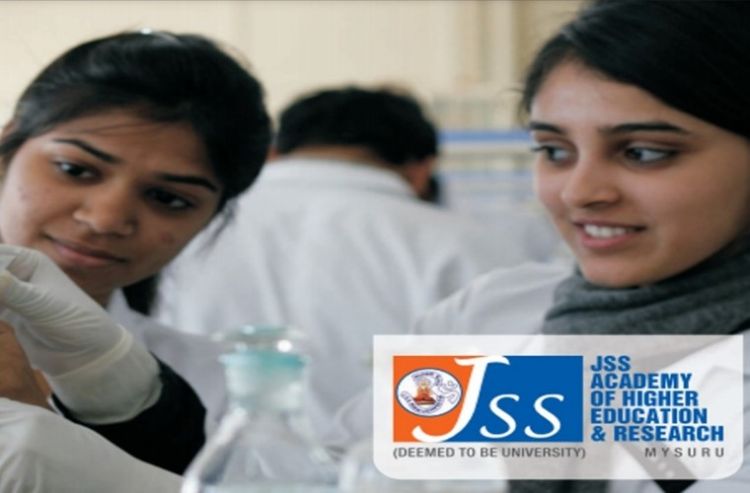Detection of Staphylococcal Super Antigen by PCR in Patients with Psoriasis and to Correlate the Severity of Psoriasis with Enterotoxin Production

Sponsored by

Sponsored by

DETECTION OF STAPHYLOCOCCAL SUPER ANTIGEN BY PCR IN PATIENTS WITH PSORIASIS AND TO CORRELATE THE SEVERITY OF PSORIASIS WITH ENTEROTOXIN PRODUCTION
Shahnawaj Mehdi, Tejashree A *, Archana Hegde M, Veeranna.V and Krishna Karthik
Department of Microbiology, JSS Medical College, Mysuru
DOI: http://dx.doi.org/10.24327/ijrsr.2019.1005.3452
Introduction: Staphylococcus aureus is a transient or persistent part of the resident flora in anterior nares of 20-50% of the population. Staphylococcus aureusis a major cause of multiple types of infections both in and outside of the hospital setting. Psoriasis is a chronic inflammatory skin disorder affecting 1-2% of the general population. The characteristic lesion of psoriasis is a sharply demarcated erythematous papule or plaque containing hyperproliferating keratinocytes as well as infiltrating neutrophils, monocytes, and T lymphocytes. Patients that harbored toxin-positive S.aureus on their skin had a significantly higher Psoriasis Area and Severity Index score than those with toxin negative S. aureus. With this background, this study was undertaken to detect the Staphylococcal superantigen in the patient of psoriasis. Aim &
Objective: Detection of Staphylococcal Super Antigen by PCR in patients with Psoriasis and to correlate the severity of Psoriasis with Enterotoxin production.
Material & Methods: The present study is a Hospital based prospective study. Clinically diagnosed psoriatic case and Staphylococcus aureusisolated from the above mentioned clinical samples were included. 40 clinically diagnosed psoriatic patients were included in the study and 3 swabs from different sites (psoriatic skin lesion, anterior nares and axillary region) were collected from each patient. To correlate the clinical prognosis among the psoriatic patients PASI score was calculated followed by culture & Sensitivity and Polymerase chain reaction was carried out to detect Sec, Sea and Sei genes. Result: Of 150 samples processed for culture, 96 Staphylococcus aureus were isolated. From Psoriatic patients 39(97.5%) were isolated from diseased skin lesion; 21(52.5%) from axilla; 36(90%) from anterior nares. All 40 psoriatic patients was scored for PASI and maximum range of 5.1-10.0 was seen in 16(40%) followed by 1.1- 5.0 in 11(27.5%). Out of 96 Staphylococcus aureus isolates, superantigen gene was detected in 75(50%) isolates. 48(40.0%) were positive for SEC gene, 37(30.83%) were positive for SEA gene, 27 (22.50%) were positive for SEI gene.
Conclusion: Psoriasis was found to be more frequent in the third and fourth decades of the life. S.aureus seem to play an important role in inducting and triggering of psoriatic lesions. S. aureus on the skin of patients with psoriasis is associated with bacterial super antigen that activates the lot of T-cell lymphocytes. Psoriatic lesions inhabited by enterotoxigenic S. aureus which harboured enterotoxin Sec gene more than Sea and Sei gene.